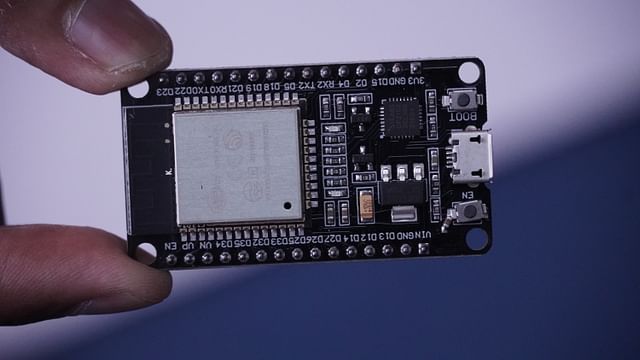
The Beginner's Guide to Home Automation with ESP32
If you're interested in home automation, you've likely heard about the powerful and versatile ESP32. This device is becoming increasingly popular for DIY home automation projects and is a great option for beginners looking to get started with smart home technology.
But what exactly is home automation, and how can the ESP32 help you achieve it? In this beginner's guide, we'll explore the world of home automation with ESP32 and give you all the information you need to get started on your own home automation journey.
What is Home Automation?
Home automation, or smart home technology, refers to the use of technology to automate various tasks and functions within your home. This can include everything from controlling your lights and thermostat to managing your security system and appliances.
The goal of home automation is to make your home more efficient, convenient, and secure. By using smart devices and technology, you can control and monitor various aspects of your home from a single location, often using your smartphone or a voice assistant like Amazon Alexa or Google Assistant.
Why Choose ESP32 for Home Automation?
The ESP32 is a powerful and affordable microcontroller that's ideal for DIY home automation projects. It's easy to use, versatile, and can be programmed with a variety of languages, including MicroPython and Arduino IDE.
One of the biggest advantages of using an ESP32 for home automation is its built-in Wi-Fi and Bluetooth capabilities. This makes it easy to connect the device to your home network and control it remotely using your smartphone or other smart devices.
Additionally, the ESP32 is small, lightweight, and low power, making it a great choice for projects that require minimal energy usage. It can be used to control lights, sensors, motors, and other devices within your home, allowing you to customize your smart home setup to fit your needs.
Getting Started with ESP32 Home Automation
If you're interested in building your own home automation system with ESP32, there are a few key steps to take.
First, you'll need to obtain an ESP32 board and compatible sensors or devices. You can purchase these online or at your local electronics store.
Next, you'll want to determine what functions or tasks you want your ESP32 to control. This could include turning your lights on and off at specific times, regulating your home's temperature, or monitoring your home's security system.
Once you've identified your goals, you can begin programming your ESP32 to perform the necessary functions. You can use a variety of programming languages and platforms to do this, including MicroPython, Arduino IDE, and ESP-IDF.
Finally, you'll need to test your system to ensure that it's working properly. This may require some troubleshooting and adjustment to get everything up and running smoothly.
Conclusion
Home automation with ESP32 can be an exciting and rewarding DIY project that allows you to customize your home to fit your unique needs and lifestyle. With its affordable price point, built-in Wi-Fi and Bluetooth capabilities, and versatility, the ESP32 is an excellent choice for beginners looking to get started with home automation.
By following the steps outlined in this guide, you can begin building your own smart home system with ESP32 and enjoy all the benefits that home automation has to offer.
Posted on: Mar 11, 2022 Last updated at: May 4, 2023